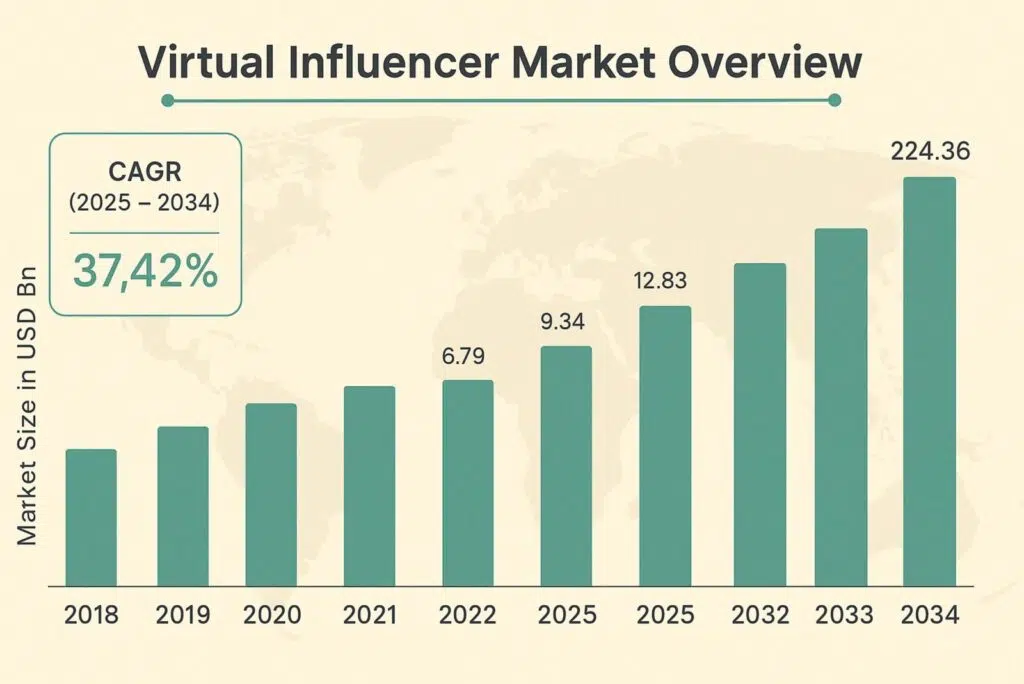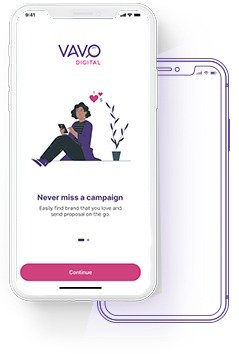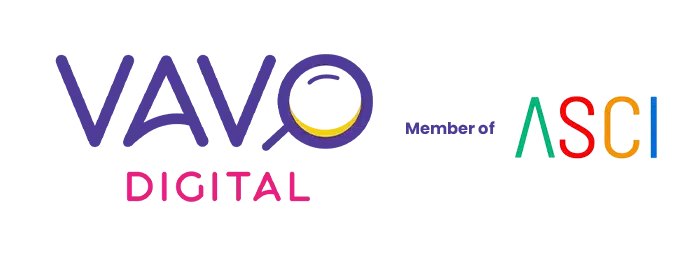
What Every Brand Should Know About Virtual Influencers in 2025
Virtual influencers are a growing trend that extends beyond mere entertainment. They are changing how businesses promote their products. A survey by The Influencer Marketing Factory shows that 58 percent of people follow at least one virtual influencer on social platforms. These digital personalities work like real influencers in marketing campaigns. They post pictures, share updates, and even collaborate with well-known companies.
But are virtual influencers just a fad, or will they remain a lasting trend?
In this blog, we’ll explore what virtual influencers are, how they work, and why brands are jumping on this futuristic trend.”
What Are Virtual Influencers?
Virtual influencers are computer-generated personalities crafted using CGI (computer-generated imagery) and often powered by AI. They look and behave like real people, complete with curated lifestyles, personal aesthetics, and even “human” backstories. The twist? Every post, partnership, and public move they make is controlled by a brand, creative studio, or tech team behind the scenes.
Take Kyra, India’s first virtual influencer, created by FUTR Studios. She debuted in 2022 and has since partnered with top brands like Amazon Prime Video, boAt, and Maybelline. With a following of over 250K on Instagram, Kyra blends aspirational aesthetics with the consistency only a digital persona can offer.
Globally, names like Lil Miquela, Imma, and Shudu are leading this virtual revolution, collaborating with giants like Prada, Samsung, and Dior.
Why Are Brands Using Virtual Influencers?
The rise of digital creators isn’t just about hype—it’s backed by data and market shifts that signal long-term growth.

Source: Market Research Future
1. Unmatched Creative Control
Marketers see virtual influencers as a way to gain full control over campaigns. They don’t have off days, and always stay true to the brand. This control helps brands keep their message consistent, which matters most in industries where a solid reputation is crucial.
2. Constant and Global Connections
Virtual influencers don’t follow the rules of real-world schedules. They are active all the time and can reach audiences anywhere. They adapt by changing their looks, speaking more than one language, and joining trending events or local celebrations without missing a beat.
To Indian audiences, picture a virtual influencer wearing a Diwali outfit in the morning and later sharing a Holi reel by evening, without needing to leave home.
3. Cuts Long-Term Spending
Setting up virtual influencers, like creating their 3D models and scripts, might cost a lot upfront. But in the long run, brands save a lot of money. There are no expenses for trips, no regular retainer payments, and no sudden influencer demands.
A single digital avatar can handle many campaigns in different product areas. They are easy to scale and reuse.
4. Realistic Looks Create Trust
Many fans realize they interact with virtual personas and are okay with it. Some even value the honesty and imagination behind them. When handled well, virtual influencers can come across as relatable, inspiring, and dependable. These are important traits to encourage buying decisions.
Ethical Concerns: Be Clear and Honest
Using virtual influencers comes with a set of responsibilities, just like any new tech. Companies have to make it obvious when they’re featuring a virtual persona. Saying upfront that the influencer isn’t real isn’t just the right thing to do—it also earns trust.
According to a 2024 study, 35.66% of people think virtual influencers should highlight in their bio or posts that they are artificial creations. Not doing this can hurt a brand, leading to negative reactions or a damaged reputation.
It’s like a new version of influencer marketing. Being upfront and focused on providing value increases the chances of people reacting well to your content.
Our take: “Brands that are transparent build trust, not backlash.”
Top Brands Using Virtual Influencers to Drive Real Impact
1. boAt x Kyra
India’s first virtual influencer, Kyra, partnered with audio brand boAt to promote their Rockerz 330 and 333 ANC headphones. The futuristic campaign blended tech with lifestyle appeal, generating over 2 million views on Instagram and more than 1 million on YouTube within just a few days, proving that virtual personalities can create real buzz.
2. Ralph & Russo x Hauli
British luxury fashion label Ralph & Russo introduced Hauli, a CGI supermodel, as part of their 2020–2021 couture collection. Hauli appeared in iconic virtual backdrops like the Taj Mahal and the Great Wall of China. The result? Over 19 million views globally and media exposure worth an estimated $65 million.
3. Samsung x Zero
Samsung partnered with virtual influencer Zero for a live Galaxy S22 launch in the metaverse. Co-hosted with real creators, the campaign drew over 25K viewers and nearly 1,000 hours of watch time—blending entertainment and e-commerce to drive real-time engagement.
These campaigns aren’t just experiments—they show that when done right, virtual influencers and immersive storytelling can significantly amplify brand reach and ROI.
Summing it Up
Virtual influencers are transforming the way brands engage with audiences, offering unmatched creative control, consistent storytelling, and exciting new ways to connect globally. As this digital trend continues to grow, brands that embrace virtual influencers thoughtfully and transparently will stand out in a crowded marketplace.
At Vavo Digital, we leverage innovation in influencer marketing to craft campaigns that truly resonate and deliver impact. Whether virtual or traditional creators, we’re here to help take your brand into the future. Let’s connect!
FAQs: Virtual Influencers
1. What is a virtual influencer?
A virtual influencer is a computer-generated digital persona designed to act like a human influencer, sharing content, endorsing products, and engaging with audiences on social media.
2. Are virtual influencers effective for brand marketing?
Absolutely. They offer creative freedom, brand safety, and 24/7 content potential, making them highly effective when aligned with your brand’s values and audience.
3. Are people aware that virtual influencers aren’t real?
Yes, most followers know they’re digital characters. Transparency builds trust, and many appreciate the storytelling and innovation behind it.
4. Which industries benefit most from virtual influencers?
Fashion, beauty, tech, and entertainment brands are leading adopters, but any industry looking to innovate and engage digitally can benefit.
5. How do virtual influencers differ from AI chatbots or avatars?
While AI chatbots are functional tools, virtual influencers are built for storytelling, brand alignment, and emotional engagement, often with carefully curated personalities.
6. How can Vavo Digital help with virtual influencer marketing?
At Vavo Digital, we combine strategy and creativity to help brands collaborate with virtual or human influencers, crafting campaigns that connect, engage, and drive measurable impact.




